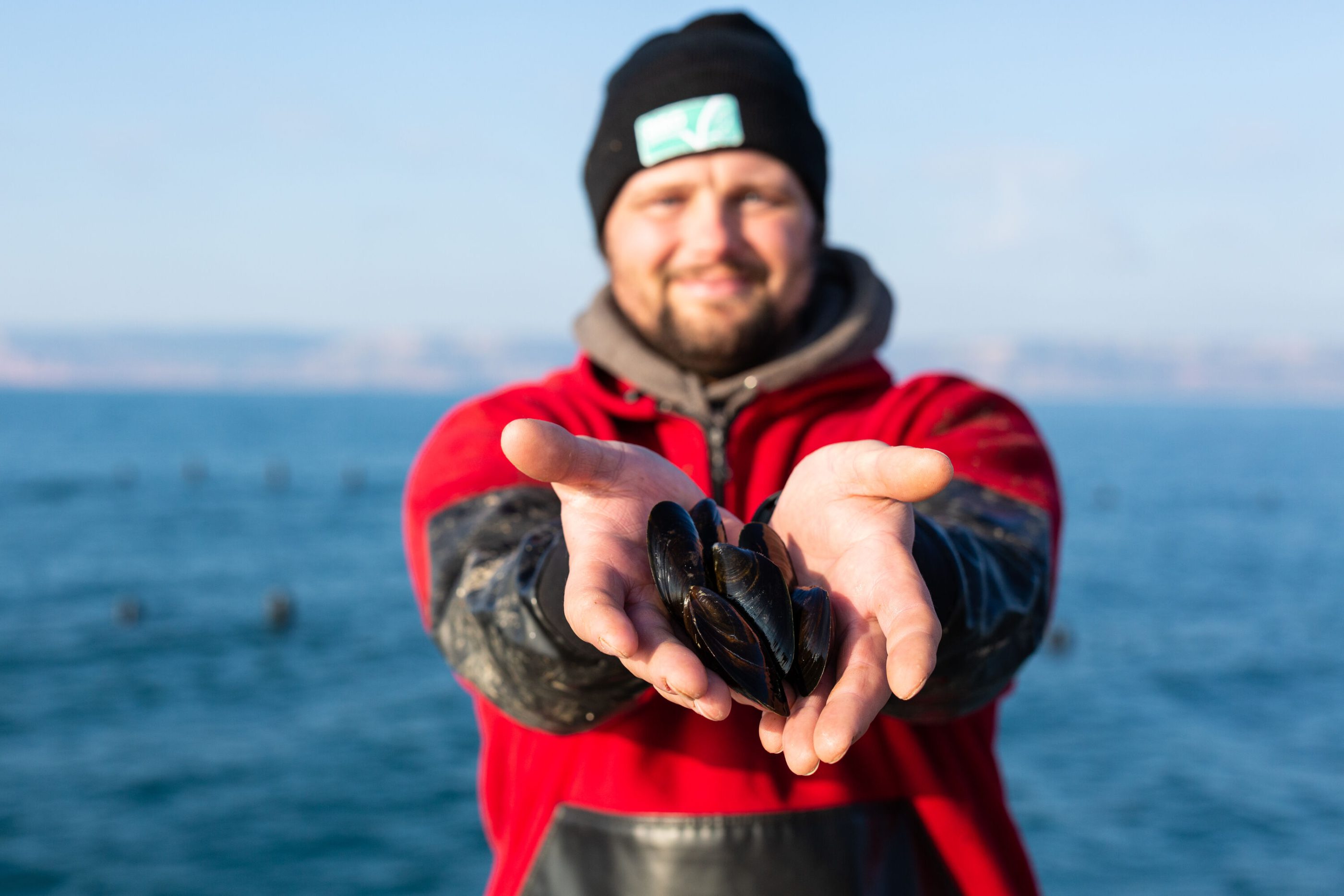
Collaboration on Sustainable Seafood Tool Demonstrates Collective Impact
June 2, 2022
An interactive tool that consolidates data on seafood production from six global certification and ratings programs, is providing NGOs, policy makers, businesses and other interested stakeholders with a comprehensive overview of seafood sustainability. Users can see at a glance, which species are certified by which organisation, where there is room for improvement, and where seafood producers need help to progress along their journey towards environmental sustainability and social responsibility.
The tool is an important collection of information, developed by members of the Seafood Certification and Ratings Collaboration, of which the Aquaculture Stewardship Council (ASC) is a member.
ASC joined with Fair Trade USA, Marine Stewardship Council, Monterey Bay Aquarium Seafood Watch Program and the Sustainable Fisheries Partnership in a shared mission to transform seafood production into a more sustainable and responsible industry. Global Seafood Alliance’s Best Aquaculture Practices (BAP) program, although not a member of the coalition, also provided data for the project.
Comprehensive overview on status of seafood sustainability
“The Sustainable Seafood Data Tool illustrates our collective impact with partner organisations, shows progress over time, and in doing so, highlights opportunities to generate greater change across the seafood industry. We are proud to be involved in this project,” Jill Swasey, ASC’s Head of Impact, said.
The tool was recently completely redesigned, with improvements made to its functionality, to allow users to interact with the charts, filter the data, and isolate organisation specific datasets. It now contains bar charts that illustrate the performance of top countries and species, as well as new filter options designed to enhance the usefulness of the tool. At a glance, users can see that of global aquaculture production, slightly over 3% are currently certified against one of the participating standards, with another 43% rated green. However, it also shows that 9% are red according to the rating schemes and almost a third of all production has not been assessed at all yet.
ASC’s CEO Chris Ninnes was a prime mover in bringing the Certification and Ratings Collaboration together to benefit the industry and create the Sustainable Seafood Data Tool, among other important projects such as the social issues framework.
“The more we do to reduce the barriers to environmentally and socially responsible business practices, the more farms and fisheries will adopt best practices. In turn, this helps businesses that buy and sell seafood, along with consumers, to make decisions based on clear information, and support fisheries and aquaculture operations to improve,” he said.
ASC’s own data tool provides more detailed data on ASC certification
ASC also maintains its own public interactive data tool, known as the Impacts Dashboard. Our dashboard provides monthly updates on the growth and global reach of ASC certified farm sites, the production volume of ASC certified species, and the number of consumer-facing products carrying the ASC logo. The dashboard allows users to drill down into the data, make comparisons across regions or species, filter to standards of interest, or compare historical data to identify trends. To ensure the tool is user-friendly, the ASC data is presented using interactive charts and maps, which can be downloaded for use.
“One of the principles behind our dashboard is that transparency is not just about publishing data or information, but about ensuring it is accessible to anyone who wishes to use it,” Jill Swasey said.



